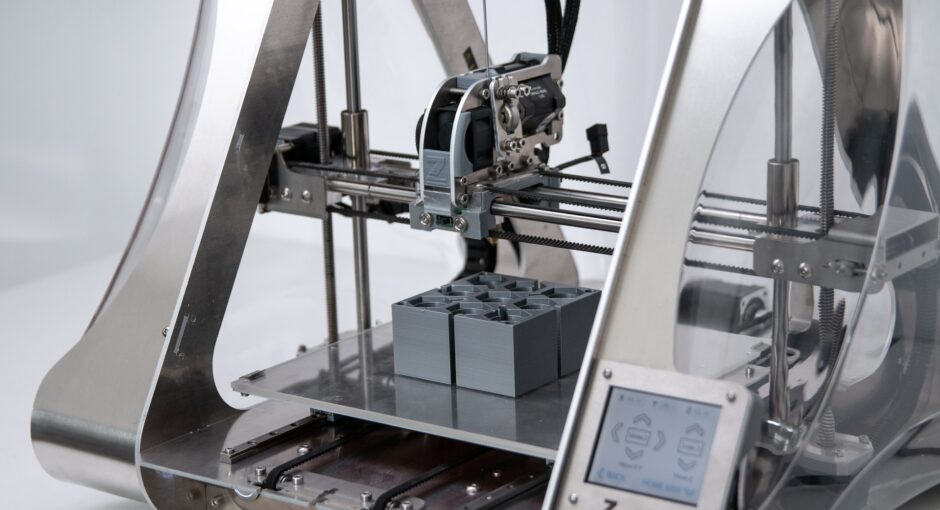3D printing has become a popular technology for creating complex shapes and structures in a short time frame. One of the most popular materials used in 3D printing is thermosetting polymers. These polymers are a type of plastic that can be used for a variety of applications, from prototyping to mass production.
Thermosetting polymers are made up of two main components: a curing agent and a resin. The curing agent works to cross-link the molecules of the resin, forming a strong, durable material. This material is then shaped and molded into a variety of shapes and sizes for 3D printing.
Advantages of Thermosetting Polymers
Thermosetting polymers have many advantages over other 3D printing materials. One of the main benefits is their strength and durability. These materials are resistant to wear and tear, and can withstand high temperatures. They also have excellent chemical resistance, making them suitable for a range of applications.
Another advantage of thermosetting polymers is their low cost. These materials are relatively inexpensive compared to other 3D printing materials, making them an attractive option for those on a budget.
Application of Thermosetting Polymers in 3D Printing
Thermosetting polymers are used in a variety of 3D printing applications. They can be used to create prototypes and molds for injection molding and other production processes. They are also used for functional parts, such as housings and covers, as well as tools and fixtures.
Thermosetting polymers are also used for rapid prototyping, which is the process of creating a prototype of a product quickly and efficiently. This is done by 3D printing the prototype using a thermosetting polymer, which is then used to create the final product.
Types of Thermosetting Polymers
There are a variety of thermosetting polymers available for 3D printing. These include polyurethane, epoxy, phenolic, and silicone. Each of these materials has its own unique properties and advantages, so it is important to understand the differences between them before choosing the material for your application.
Conclusion
Thermosetting polymers are one of the most popular materials used in 3D printing. These materials offer a number of advantages, including strength, durability, chemical resistance, and low cost. They can be used for a variety of applications, from prototypes to functional parts. It is important to understand the differences between the different types of thermosetting polymers before selecting the material for your application.





